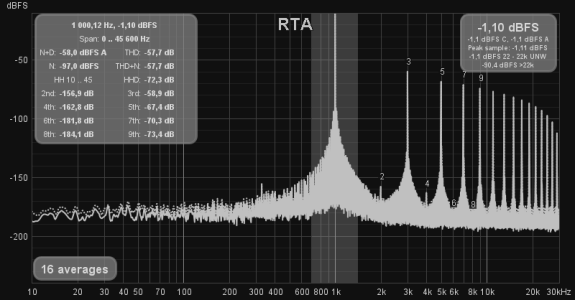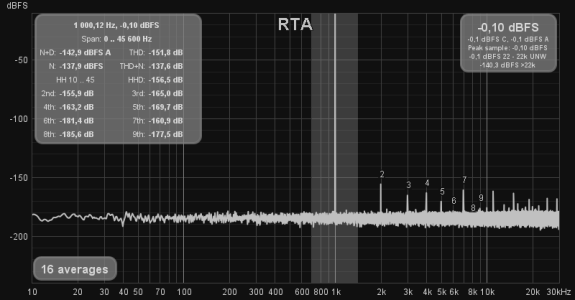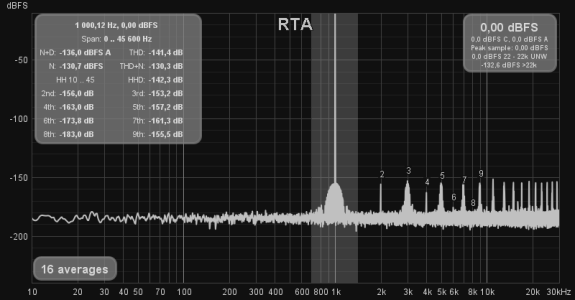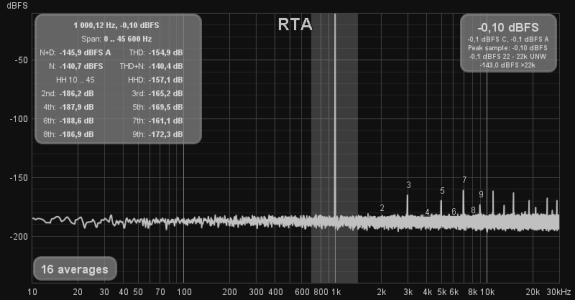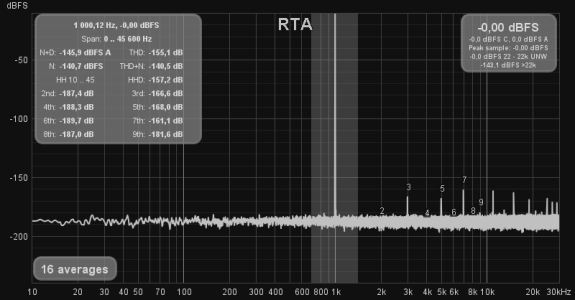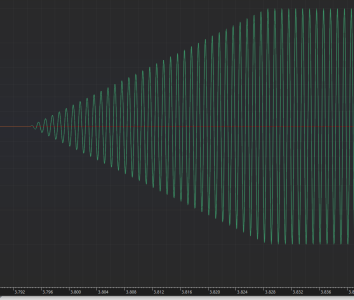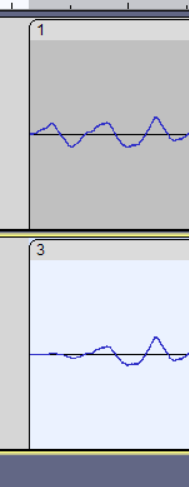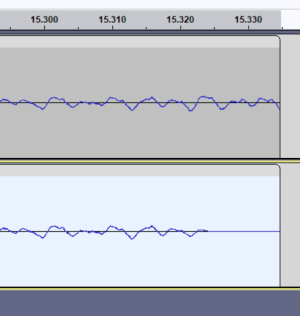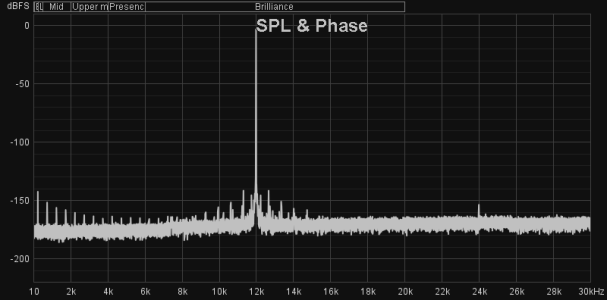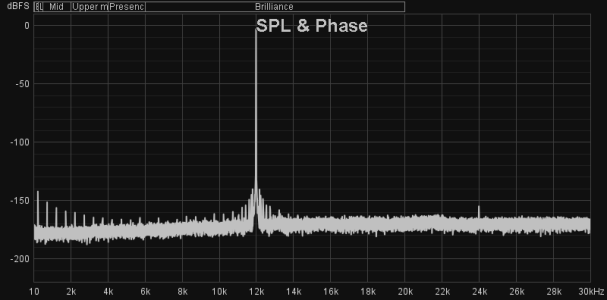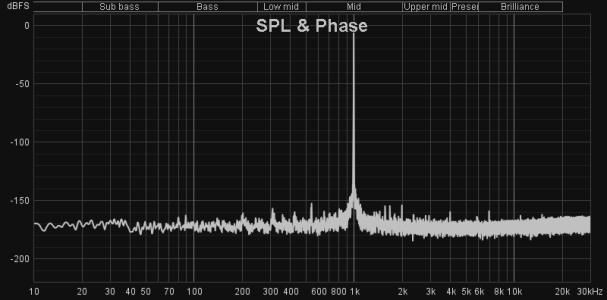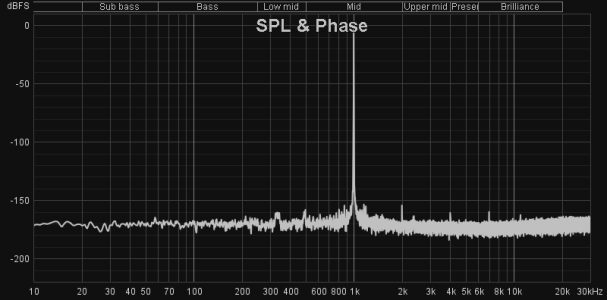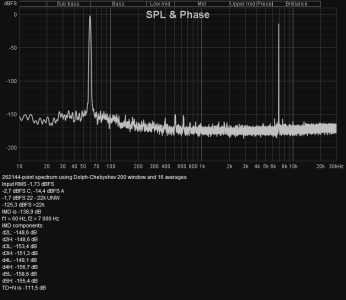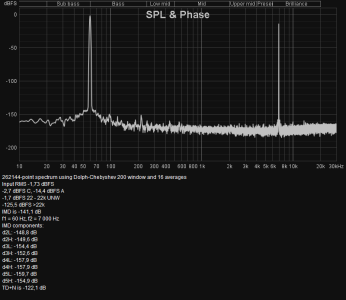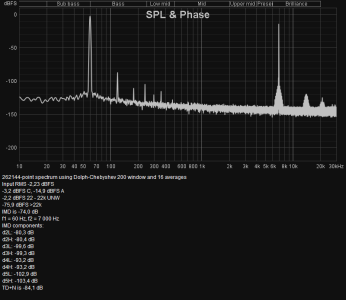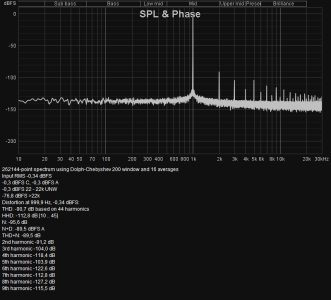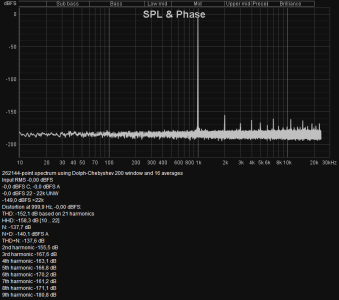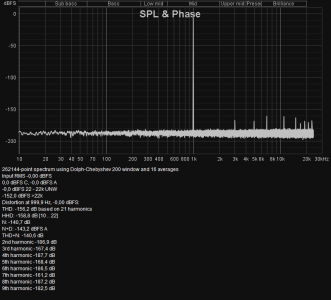I've got my unit, so time for testing.
First batch are tests when connected to RME ADI-2.
In REW FFT tests there is nothing to say - performance over coax and toslink is the same and equal to Mini. My measurements include sine 0 dBFS, j-test, SMPTE and sweeps, all in 48kHz and 96 kHz.
First batch are tests when connected to RME ADI-2.
In REW FFT tests there is nothing to say - performance over coax and toslink is the same and equal to Mini. My measurements include sine 0 dBFS, j-test, SMPTE and sweeps, all in 48kHz and 96 kHz.

